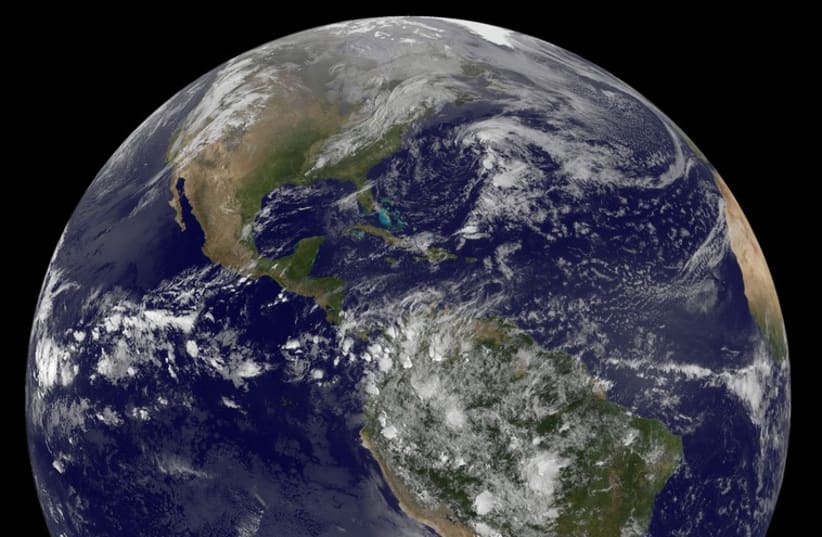See the latest opinion pieces on our page
In the middle of the Passover Seder, we say the following sentence: “In every generation, everyone is obliged to regard himself as though he himself had actually gone forth from Egypt.” This is a directive for every person, in every generation, to see the Exodus from Egypt as a personal event. Consequential events such as the Exodus do not occur only to those present at that location at that time, but are events of national significance for all subsequent generations. So significant that every person of Jewish identity is meant to feel as though he himself experienced them.Likewise, the parting of the Red Sea, which happened to our forefathers 3,327 years ago, is an event of significance for the generations. Truth be told, the parting of the Red Sea was the pinnacle of the liberation, the decisive moment when the fear of being recaptured by the Egyptians dissipated, the moment when Am Yisrael in its entirety sensed divine supervision, as the Torah states: “And Israel saw the great hand, which the Lord had used upon the Egyptians, and the people feared the Lord, and they believed in the Lord and in Moses, His servant” (Exodus 14:31).Indeed, it was the parting of the Red Sea that was the pinnacle of the Exodus from Egypt. But according to the Torah’s description, the sea not only split to allow Am Yisrael to pass through it, but also turned to land. Meaning, if we thought that Am Yisrael passed through water, the Torah comes to tell us that indeed this is what happened, but that same water became land, as we read in the following verse: “Then the children of Israel came into the midst of the sea on dry land” (Exodus 14:22).In the Zohar, we find use of the terms “sea” and “land” as expressing man’s emotional reality. The sea refers to the “latent world” while the land refers to the “manifest world.” In relation to man, who can exist only upon land, dry land signifies manifest reality, while the sea is hidden, covered, a place the depths of which conceal innumerable secrets and riddles.When the sea split and became land, the hidden aspects of reality were revealed to Am Yisrael. When the nation walked through the sea, the sea became land, and the divine supervision which directs all of history became manifest, exposed, tangible, until the nation was able to point and say, “This is my God”; until even a maidservant could see what the greatest of prophets, Yechezkel ben Buzi, who foresaw the revival of the dry bones, could not see.Shvi’i shel Pessach, the last day of the Passover holiday, is an opportunity for everyone to turn sea into land. In the realm of faith, this can be achieved by examining the wondrous historical processes that Am Yisrael has experienced through its thousands of years of supernatural existence, and internalization of faith in the divine supervision that accompanies us at all times.In the personal realm, it means delving into the depths of our souls and revealing the amazing world which exists in each and every one of us. These two realms complement one another; when our latent or hidden faith is awakened it brings out our good qualities and exposes the internal beauty hidden in all of us.The author is rabbi of the Western Wall and Holy Sites.
Turning water into land: The last days of Passover 5775
The last day of Passover is itself a “yom tov,” a festival, on which it is forbidden to do work, just like on the first day of Passover.
